Regular practice of yoga headstand makes healthy and pure blood enter the brain cells. As a result brain cells are more active, thinking ability is enhanced and thinking is clearer. This pose is very nourishing for those whose brains are easily fatigued, and it ensures that the pituitary gland as well as the pineal gland are well supplied with blood.
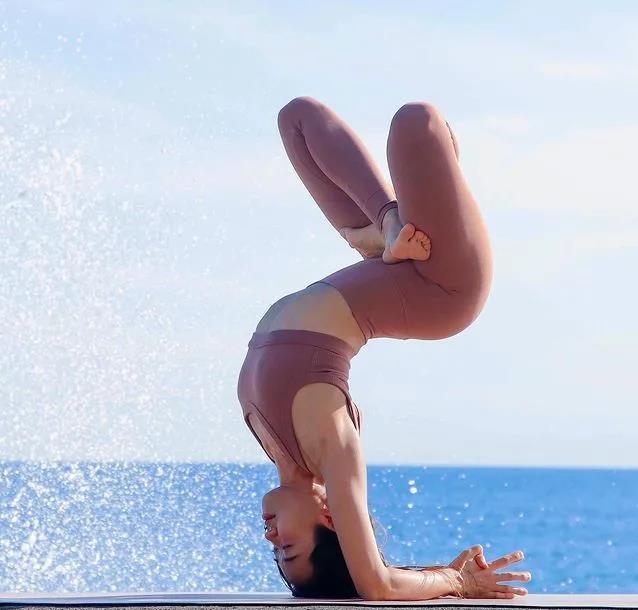
Today we will look at some variations of headstand
1. Salamba Sirsasana
In this variation, the head is not in a cup shape on the inside of the hands. Place the head between the hands. Other steps remain the same as the original pose.

2. Niralamba Sirshasana
In this variation, the entire body weight is balanced by the head, without the support of the arms, hence the name.
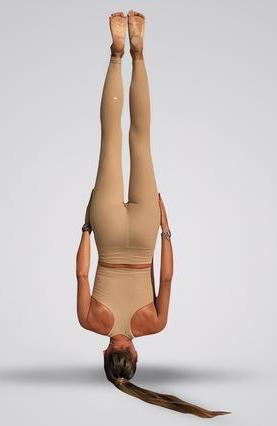
3. Inversion with bound hands
Here, the arms are crossed in front of the chest and the hands alternately grasp the upper arms. Place the folded arms on the floor. The top of the head is placed on the floor above the arms so that the forehead is just behind the forearms. Lift your knees, straighten your legs, and lift your legs into the pose when you are ready to press your forearms to the floor.
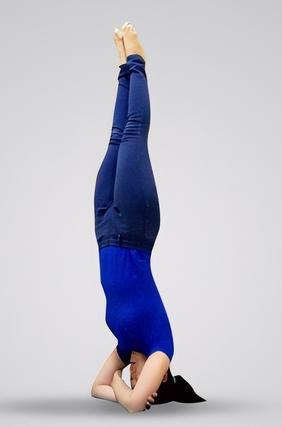
4. Side inversion
After completing the headstand, turn your torso and legs to the side to maintain balance. Keep the head and hands in the same position.
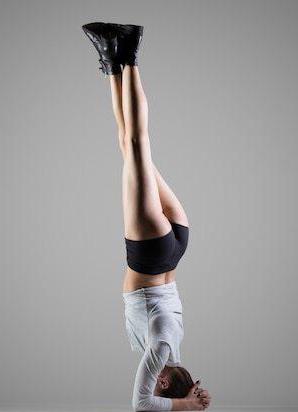
5. Twisting Headstand
After entering the headstand, separate the legs by moving the right leg forward and the left leg backward. Then twist your torso and rotate your legs so that they appear to be twisted to the left.
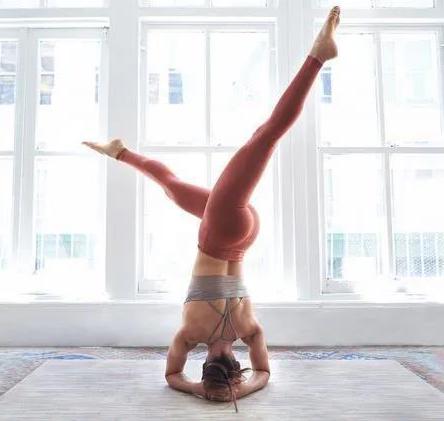
6. Inverted Lotus Legs
After establishing balance in a headstand. Fold the legs into lotus position.
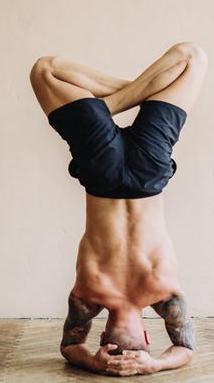
7. Single Leg Inversion
After balancing, gradually place your right leg on the floor. The toes of the right leg touch the ground as much as possible, while the left leg remains lifted vertically.
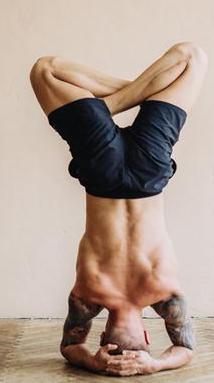
8. Half inversion
Stop on the way up or down (in the "90 degree position") and form an inverted "L" shape with your body.
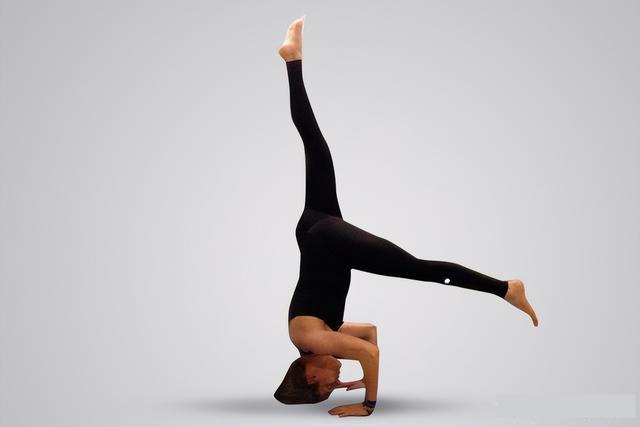
Benefits of inversion
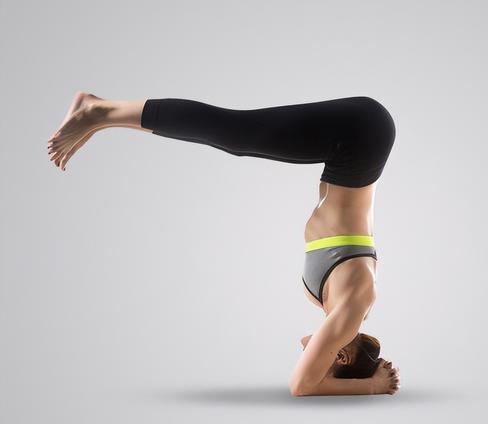
1. Improves blood circulation
The inversion in the body supplies blood to the head and changes the flow and pressure. It improves the function of the heart and allows the head and eyes to receive adequate blood supply.
2. Strengthens the spine
Headstand strengthens the back muscles. It improves the flexibility of the spine and realigns the spine.
3. Strengthens the core
Inversions are a challenging pose, but life is about overcoming your fears and facing them head on. If you are a beginner, try the basic headstand first. Experienced practitioners can try the above variations

Popular Articles
-
The world's most mysterious island: Easter Island stands thousands of giant stone statues

-
 Pick a chopping board that suits your needs, so you can cook with ease
Pick a chopping board that suits your needs, so you can cook with easeMay 09, 2025
-
 Fish Glue Soup for Invigorating Qi and Blood
Fish Glue Soup for Invigorating Qi and BloodMay 09, 2025
-
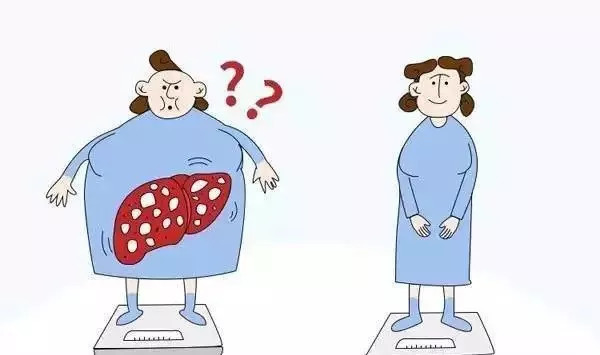 Improve metabolism to get rid of "fat physique"!
Improve metabolism to get rid of "fat physique"!May 09, 2025
-

Photos
The world's most beautiful big cities at nightMay 09, 2025
-
 Very family-friendly Japanese home furnishings. With them, we can easily improve our happiness at home.
Very family-friendly Japanese home furnishings. With them, we can easily improve our happiness at home.May 09, 2025







Comments
0